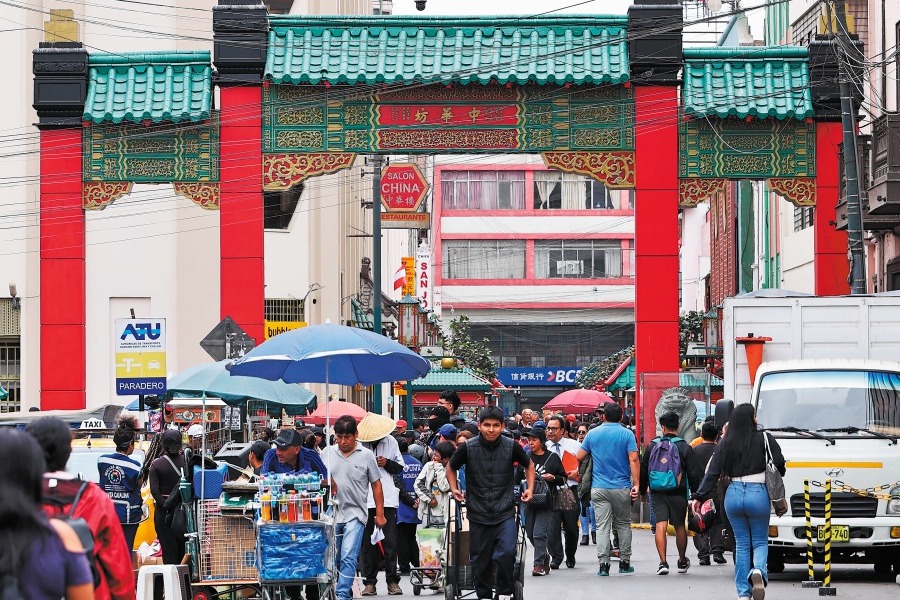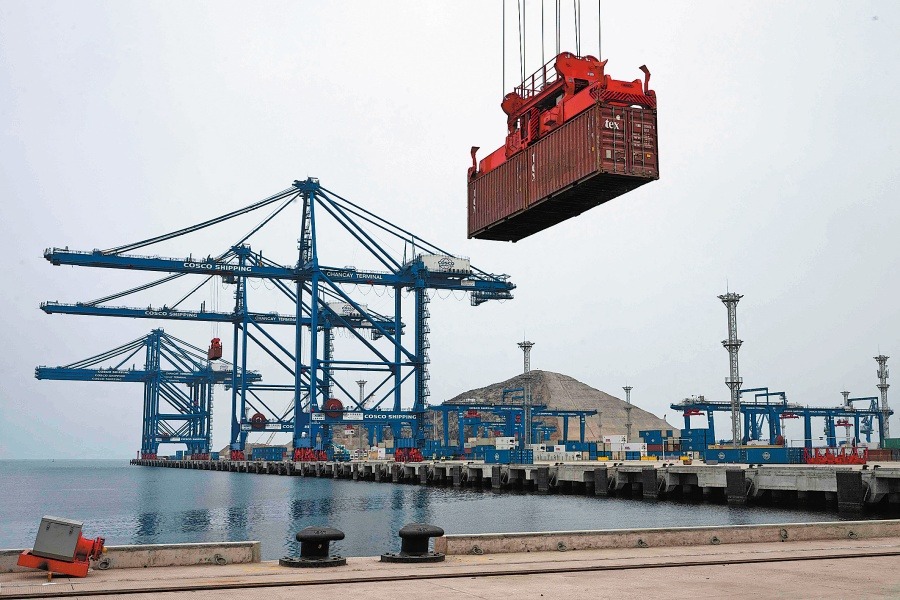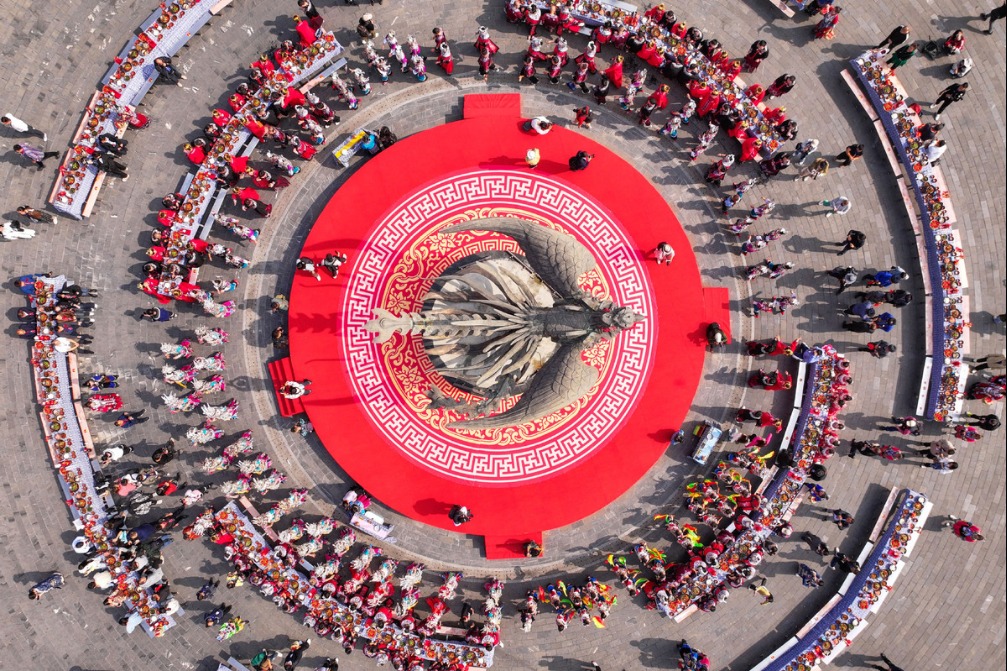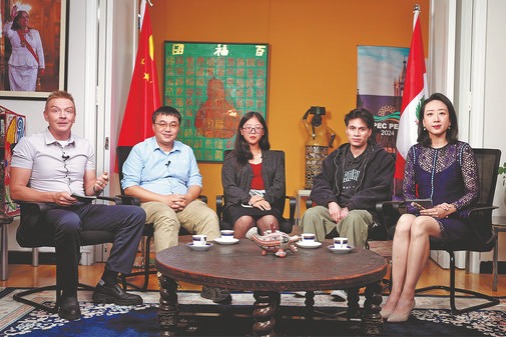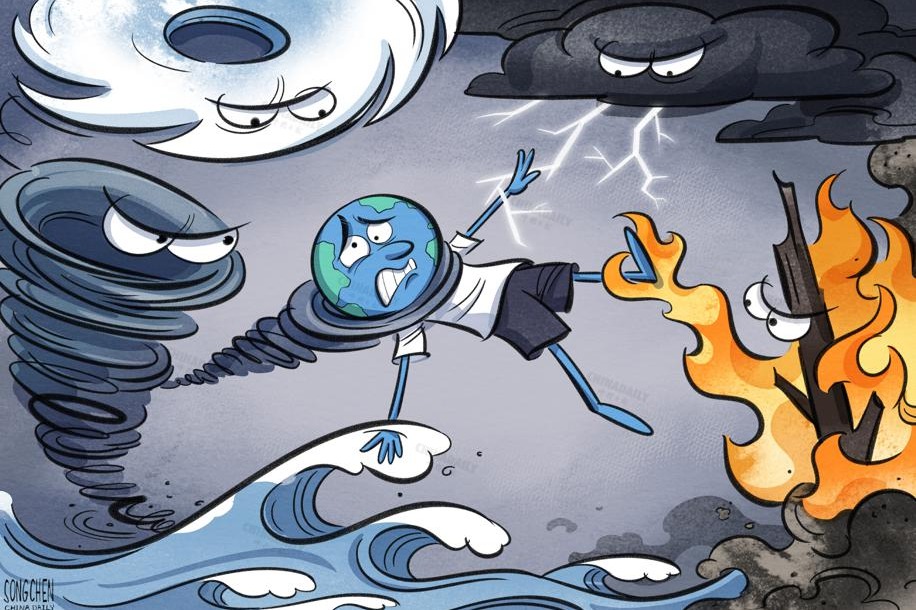Seize the moment


APEC should look to release potential of a trans-Pacific economic vision of the Asia-Pacific
Editor's note: The world has undergone many changes and shocks in recent years. Enhanced dialogue between scholars from China and overseas is needed to build mutual understanding on many problems the world faces. For this purpose, the China Watch Institute of China Daily and the National Institute for Global Strategy, Chinese Academy of Social Sciences, jointly present this special column: The Global Strategic Dialogue, in which experts from China and abroad will offer insightful views, analysis and fresh perspectives on long-term strategic issues of global importance.
Nowadays, there is no doubt that the Asia-Pacific region is the most economically dynamic region in the world. It is estimated that the region accounted for 40 percent of global trade activities by 2023, and trade in goods may reach$18.5 trillion by the end of 2024,which would represent 5.1 percent growth over that of the previous year, surpassing the projected world trade growth of 2.6 percent.
The vibrant APEC economies are the direct results of 212 trade agreements(between regional, or RTAs, and bilateral, or FTAs), registered as of July 2023, and representing nearly half of the world's total. One may think that the regional trend would lead to the establishment of a huge RTA, which in fact has been discussed since 2004 in the APEC meeting within the Free Trade Area of the Asia-Pacific framework. Nevertheless, geopolitics has somehow conditioned trade dynamics, and has divided efforts toward a free trade region into two agreements: the Comprehensive and Progressive Agreement for Trans-Pacific Partnership and the Regional Comprehensive Economic Partnership.
In this sense, the 31st APEC Economic Leaders' Meeting in Peru is a significant event for both China and Latin America for two reasons. First, at the 22nd APEC Economic Leaders' Meeting in 2014, four documents were approved, among which the Beijing Roadmap for APEC's Contribution to the Realization of the FTAAP stands out. This effort is considered to have represented an innovative concrete step toward the realization of the FTAAP as it implemented the Collective Strategic Study on Issues Related to the Realization of the FTAAP as of 2016, which in turn committed to achieve the FTAAP outside of APEC and in parallel with the APEC process, among other things.
In the same year 2016, the Trans-Pacific Partnership Agreement was being signed between 12 Pacific Rim economies, six rounds of RCEP negotiations were taking place, and the APEC leaders approved the Lima Declaration on the FTAAP which reaffirmed the commitment that the FTAAP should be built upon ongoing regional undertakings and through the existing TPP and RCEP. This is the second reason why the APEC Peru 2024 is a significant event, as it draws upon previous solid efforts promoted by China and Latin America in this respect.
While the RCEP has achieved a degree of consolidation with its entry into force in 2022, the TPP faced a setback with the United States' withdrawal in 2017, and posterior adjustments in the form of the CPTPP, which entered into force in 2018. One may point out that the RCEP also met with problems when India pulled out of the deal in 2019, which occurred in the context of the "negative geopolitization" of the "Indo-Pacific" region through the Quad mechanism. However, the RCEPalready considered the "world's largest free trade pact" in terms of population and trade volumehas had more progress along the APEC FTAAP line than the CPTPP.
For example, in 2022 the intra-RCEP overall growth rate was 8 percent. In contrast, intra-CPTPP trade increased by only 5.5 percent between 2018 and 2021. The RCEP accounts for about 30 percent of the world's GDP, while the CPTPP accounts for approximately 13 percent. Although the RCEP's degree of trade liberalization may be less than CPTPP's-63.4 percent vis-a-vis 86.1 percent of the tariff lines respectively-US President-elect Donald Trump has brought back onto the table "tariff diplomacy", which may harm many CPTPP economies with close ties with the US market, such as Japan and Mexico.
In other words, it appears that there is a bigger political disposition and resources in the RCEP to pursue APEC's FTAAP than in the CPTPP, even in the context of "negative geopolitization" of the "Indo-Pacific" and world trade.This is the reason why APEC Peru 2024 is a paramount event for China and Latin American countries, as they have the opportunity to delineate policies in order to maintain the pace of trade liberalization in the Pacific Rim. Among these the consolidation of strategic autonomy of the Latin American region is fundamental.
To date, China has signed an FTA with five Latin American countries respectively; there are two more ongoing events — the upgrade of the FTA with Peru, and a joint-feasibility study of a free trade agreement with Colombia. Twenty-two Latin American countries have formally joined the Belt and Road Initiative. While seven RCEP economies are also in the CPTPP, to which China and Indonesia have formally applied for accession, only Chile as a Latin American CPTPP economy has formally requested accession to the RCEP.
In these perilous times of US endorsed protectionism and "negative geopolitization" of trade dynamics, it is important to update APEC's geopolitical vision of the Asia-Pacific, which may contribute to seizing the trade opportunities and encouraging investments. Thus, as a manifestation of positive geopolitization — one that may aid APEC's objectives — it is important to promote a more "trans-Pacific" view of the Pacific Rim to transcend the former view of Asia-Pacific, and to further integrate the Pacific with Latin America. The potential of a trans-Pacific vision may create bridges to get closer between societies across the Pacific.
The author is an associate professor and researcher at the Politics and Culture Department of the Metropolitan Autonomous University, and a member of the Mexican Eurasia Studies Group.
The views do not necessarily reflect those of China Daily.
Contact the editor at editor@chinawatch.cn.
















